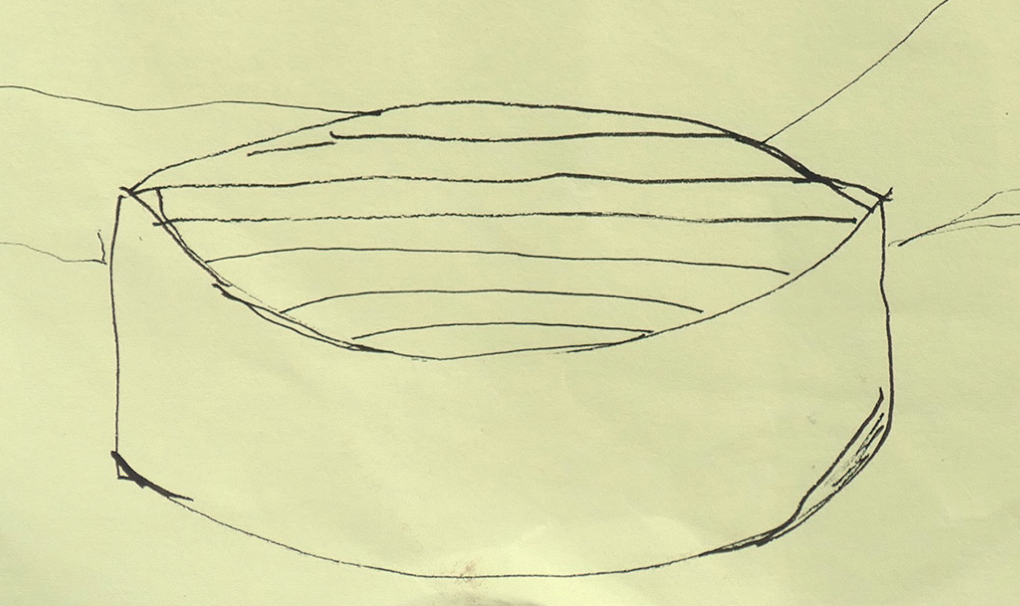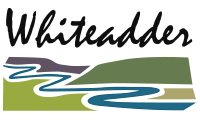Artist Fiona McLachlan-Powell’s proposal is for two stells, one on either side of the Herring Way – a route walked by women from Dunbar over the Lammemuir Hills to Lauder, carrying creels of herring.
Sheep stells, or shelters, were built to shelter sheep and lambs from severe weather and may date to the 1620s. Common in the Borders, they are circular and consist of stone dykes with a turf cope.

Other references for Two Stells are the remains of Edin’s Hall Pictish broch and evidence of ancient circular buildings, as well as the undulating rhythm of the Lammermuirs.
The proposal is that the two structures will be smaller than traditional stells. One will have its opening facing north, to East Lothian, where the women’s journey began. The stell on the other side of the walk will have its opening facing south, to Berwickshire. Each stell will have a bench inside and might be further developed with the introduction of a healing garden.
The stells will have a sound piece made by gathering material from the hills and features in the landscape, or an aeolian resonator (producing sound when air passes over an obstacle) as part of the structure. They are a reference to how basic life was and the fact that they are still giving protection. They marry the land to the human, a contact, a reference. They also could be sites of performance, in conjunction with OOR Scintilla’s proposal.
Fiona McLachlan-Powell is an emerging artist based at the Edinburgh Sculpture Workshop. Her personal story of growing up in the Lammermuirs helps to reflect on the long scale of time, natural and human process and interaction of the area. Her work focuses on evolving forms that change through process, materials and environment. The dialogue between memory, her earlier life in rural Berwickshire, the psyche and the recognition of humanity are central to her work.
Find more about Fiona’s work here: https://cargocollective.com/fionamc

